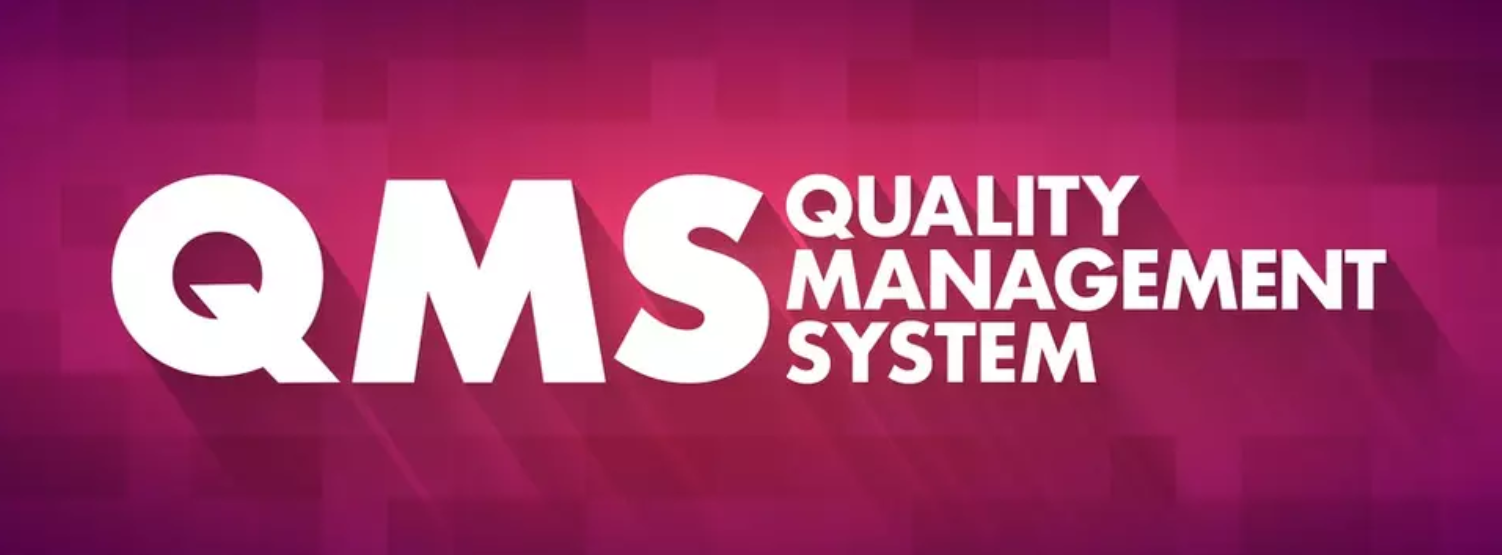Differences between the Revised QMS Ordinance and ISO 13485
The revised QMS Ministerial Order has been amended to align with ISO 13485:2016.
However, there are differences (requirements specific to Japan) in the revised QMS Ministerial Ordinance compared to ISO 13485.
Even companies that have already established a QMS in accordance with ISO 13485:2016 need to review it again.
The revised QMS ordinance is more specific and easier to understand.
The revised QMS Ministerial Order contains many specific descriptions.
However, because it is specific, it also seems to be limited.
This is because it appears to be a narrow interpretation of ISO 13485.
For example,
In Article 5-3, Clause 1.4, ISO 13485 states that “These processes shall be monitored, as appropriate, measure and analyze.” The revised QMS Ministerial Ordinance states, “In addition to monitoring the process, if it is necessary to know quantitatively , shall also be measured and analyzed.” The following is a good example of this.
In ISO 13485, “appropriate case”, which is an abstraction, is replaced by “when it is necessary to know quantitatively”.
In Article 5-4, Clause 2.2, ISO 13485 states that “The Evaluate the impact.” but the revised QMS Ministerial Ordinance states that “the impact of such change on the function, performance and safety of the medical device for the intended use of the product“.
The term “impact” in ISO 13485 is replaced with “the effect of the change on the function, performance and safety of the medical device for the intended use of the product”.
Very specific.
In Article 5-4, Clause 2.3, ISO 13485 states “This standard and applicable regulatory requirements The QMS is controlled in accordance with the The revised QMS Ministerial Ordinance states that “Upon such changes any application, notification, report, submission or other procedure required. mark>”.
This is also very specific.
In clause 5-6, paragraph 2, ISO 13485 states that “The application of such software shall be validated before first use. Also, when appropriate, validation shall be performed after changes to the software or application.” However, the revised QMS Ministerial Ordinance states that “The manufacturer, distributor, etc. shall perform validation prior to the first use of the software described in the preceding paragraph in the quality management supervision system and prior to any change in the software or its application. However, if it can be shown that there is a valid reason why validation should not be performed before changing the software or its application “, it shall be sufficient to perform the validation after the change of the software or its application. “.
ISO 13485 deliberately abstracts “appropriate cases” and provides concrete examples as provisos.
However, it seems to me that the interpretation of “when validation can be shown to be justified” is limited. It seems to me that the interpretation of “when it can be shown that there is a valid reason why validation is not necessary” is limited, and it is not clear whether Notified Bodies will review ISO 13485 renewal audits based on this same interpretation or not.
In Article 9, Clause 3, ISO 13485 states that “The organization shall, in accordance with applicable regulatory requirements, The methods for protecting confidential health information shall be specified and implemented.” However, the revised QMS Ministerial Ordinance states that “Manufacturers, distributors, etc. shall protect personal information in their possession (only that obtained through the use of medical devices, etc.. (Hereinafter the same shall apply in this paragraph.) The “Personal Information Management System (hereinafter referred to as the “Personal Information Management System”) shall establish methods for the proper management of personal information (including personal information obtained through the use of medical devices, etc.) and manage personal information in accordance with such methods. The following is a summary of the provisions of the Act.
The regulation limits personal information to that obtained through the use of the medical device, but it is still unclear whether the Notified Body will review it based on the same interpretation.
Specified maintenance controlled medical devices exist.
In Japan, there is a category called “Specified Maintenance Managed Medical Devices.
In the case of products pertaining to Specified Maintenance and Controlled Medical Devices, documentation is required to be kept for the longer of 15 years or the period of validity of the product in question plus one year.
Other differences
- The terminology has been replaced. It is, so to speak, a Kasumigaseki terminology. (e.g., quality control supervision system, supervisor verification, etc.)
- The classification is “manufacturing and sales business” and “manufacturing business (registered manufacturing facility).”
There is no “registered manufacturing facility” in ISO 13485. - The notes in ISO 13485 are specifically included in the text of the article, but the revised QMS Ministerial Ordinance provides them in a verbatim commentary.
- ISO 13485:2016 4.2.4 Document control “Records are a type of documentation but shall be controlled in accordance with the requirements specified in 4.2.5.” has been deleted.
- There are exemptions for limited Class III and limited general medical devices.
related product
[blogcard url=”https://ecompliance.co.jp/SHOP/QMS-MHLW-00.html” title=”【2021年度改正QMS省令対応】QMSひな形一式” content=”すでに現行QMS省令に準拠したQMSを構築されているが改正対応が必要な企業、これから医療機器に参入する企業にオススメのひな形セットです。”]]]>


Great article! That is the kind of info that should be shared around the web.
Shame on Google for not positioning this submit higher!
Come on over and visit my website . Thank you =)